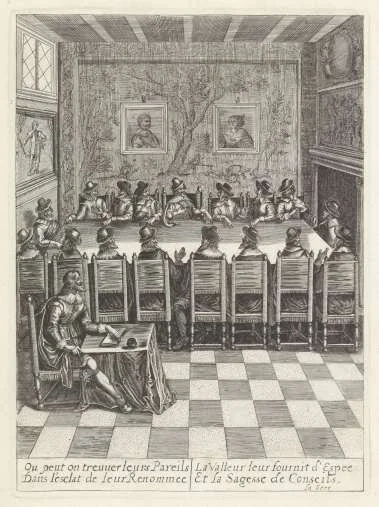The New York City Overalls Parade, 1920
By Jonathan Goldman
New York City's "Overalls Parade," held on April 24, 1920 was, viewed generously, an inspired if quixotic attempt to inaugurate a new, labor-conscious political movement. From a more critical perspective, it was a neutered form of activism that undermined the progressive movements that had flourished over the previous two decades, now under threat at the start of the 1920s. In some respects, it even worked against the interests of labor. The "Economy Parade" – its official name never caught on – aimed to protest the rising cost of clothing as one instance of the rising cost of living in the postwar United States. Marchers, representing civic organizations and private clubs from multiple strata, wore overalls, a recent sartorial innovation, as a show of allegiance to democratic principles. Organized by the Cheese Club, a private social group whose members worked in theater, entertainment journalism, and publicity, the parade drew far fewer participants than predicted by its leaders and friendly journalists, and became a byword for failure.
Read More


